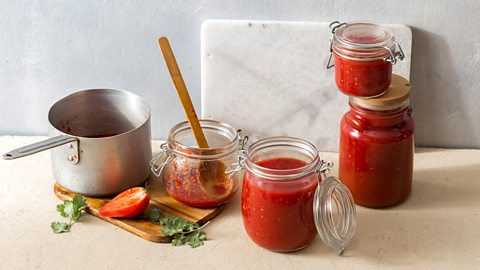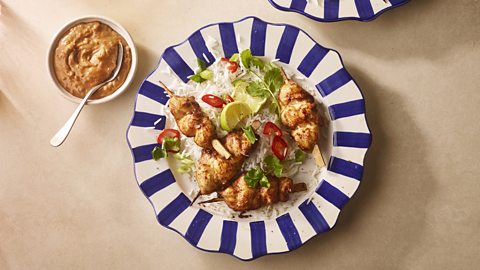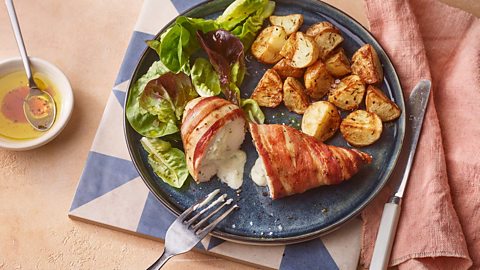Quiz: From Stilton to pork pies, which of these UK foods are regionally protected?
Are your favourite local delicacies on the official government list of protected foods, in a bid to stop ‘copycat’ versions?
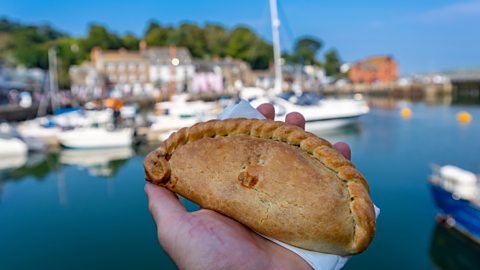
It’s common knowledge that Champagne can only be produced in the Champagne region of France. Likewise, Prosciutto di Parma must be made in Parma, Italy. But did you know there are lots of UK foods that also come with protected status?
Known as a ‘geographical indication’ (GI), this protection is given to a specific food and drink deemed to be historically or characteristically connected with its place of origin, highlighting the significance of the region to the product itself. It also serves to maintain quality and consistency, keeping production limited to producers in a concentrated geographical area.
“It’s a form of intellectual property protection – it outlaws inferior copycats using a protected name, which could create customer confusion and tarnish the product’s reputation,” explains Newcastle University’s Prof Matthew Gorton, who’s produced research on the subject.
This is why sparkling wine from any area other than the French region can’t be called Champagne.
“In total there are 5,080 names registered [in the UK], which include national and international GI names,” explained a spokesperson from government body DEFRA.
However, most of them are from places outside of the UK.
“There are 93 registered UK GIs: 81 agri-food, six wines and six spirits.”
DEFRA states that it takes an average of 20 months from application submission for a food to be given protected status – if indeed it does. Some are turned down.
“Perhaps the most challenging part for an applicant is gaining consensus, before an application is made, from all the producers of the product about how to make it, where it is produced and what makes it distinctive,” explained the organisation.
‘Consensus’ is required, explains Gorton, because it would only be an individual company making the application if they are the only remaining producer in a region.
“Groups of producers in a region who agree a production specification for the food name apply as a producer group.”
Mary Berry's scones
Cornish clotted cream is a protected food name, but when you add them to these Mary Berry scones will you put them on top of the jam or under it?
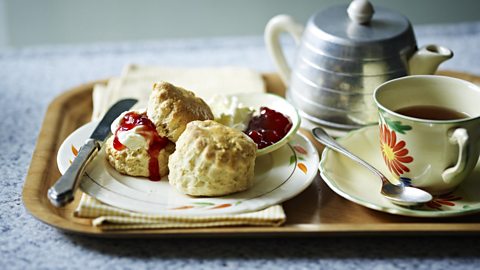
Dr Matthew O’Callaghan is chair of the UK Protected Food Names Association and has both celebrated a food being rewarded with protected status and been on the unfortunate receiving end of one being (repeatedly) turned down.
A major success story he was involved with was the Melton Mowbray pork pies application. They achieved their status in 2009 and as chairman of the Melton Mowbray Pork Pie Association (yep, O’Callaghan has lots of jobs), he’s witnessed the benefits protected status brings.
“When we started the campaign, there was a concern the recipe was being lost. They’re made with fresh pork, not cured pork and they must be straight sided.
“In the late 90s, most of the Melton Mowbray pork pies were in danger of not being compliant with what we would historically regard as Melton Mowbray.”
Worried about the pork pies losing their distinctive taste and style – and potential job losses to the area – the group submitted their application for protected status.
More than 15 years later, the Melton Mowbray pork pie is worth about £80 million, O’Callaghan says. “Plus, the tourism that’s based on our food heritage brings in millions of pounds.
“There’s a number of products that would have disappeared if it hadn’t been for this protection.”
Despite being named after a region or heavily linked with one, lots of foods are unsuccessful in being awarded a GI.
“One of the requirements in the legislation is that the product should not be generic. If more people are making the product outside the area than in it, you’ve lost the battle,” explains O’Callaghan.
Can you guess which regional foods have protection and which ones don’t? Take this quiz to find out…
Originally published March 2025
Want more? Visit BBC Food on Instagram, Facebook and Pinterest. Want to watch the latest Food TV programmes? Visit BBC iPlayer.
